What Is Targeting in Football? Let’s Catch the Correct Answer!
As a fan or amateur player of basketball, chances are you’ve heard the term “Targeting” The targeting rule is one of the most debated seasons.
So what is targeting in football, and how are targeting rules enforced? Through this article, Scott Fujita will help you answer those questions.
Contents
What Is Targeting in Football?
The targeting rule is present in both college and NFL football.
Targeting refers to a player lowering his head and creating helmet-with-helmet contact with others or contact with others’ neck area during football games.
Targeting refers to taking aim at opponents for attacking with forcible contact that goes beyond making one legal tackle or one legal block or playing the ball
It can happen anytime between two players during one kickoff or between the ball carrier and a defensive player.
The targeting rule is present in both college and NFL football, which serves as a measure to improve player safety.
What Are the Targeting Rules?
College Football
In the NCAA, targeting happens when one player goes after his opponent with violent contact. The rule means a player in the college football game cannot make forcible contact with the crown of his helmet as well as contact with a defenseless player’s neck area or head.
NFL
NFL games do not feature the targeting rule. But it has more of a use of the helmet called its version of the targeting rule.
As a rule, the NFL calls this when a player lowers his head and uses his helmet to make violent contact with the other player they are dealing with.
In addition, this rule targets a player who makes violent contact with opposing players in the neck area by his hands, forearms, shoulder, elbow, or fist.
What Are the Punishments for Targeting?
College Football
Regarding targeting consequences, a college football game is a bit different.
If one player gets a call for targeting, the team will get a fifteen-yard penalty. Also, if this player fouls in a game’s first half, he will be disqualified for the game’s remainder.
If that player commits a foul in a game’s second half, he is disqualified for the remainder of the half and loses the right to play the first half of the following game. But if replay officials check out the targeting call later, then determine that the call was incorrect, this player can play the following game.
If the player commits this foul three times in one season, he will get a full one-game suspension besides being ejected from the current match.
NFL
The punishment in an NFL game is a 15-yard penalty to a team who commits the targeting penalty.
In addition, a player who commits the targeting fouls could be disqualified from the game if their contact is deemed flagrant and excessive.
FAQs
Do the Rules For Targeting Have Controversy?
Yes. Some issues with the targeting call concern the distinction between a player who intentionally leans in to create contact utilizing his helmets and a player who makes contact due to the game’s intensity.
Are Targeting Rules Helpful in Lowering Injuries?
The targeting rule serves as a measure to increase player safety.
Yes. The fact is that targeting fouls have lowered from 0.23 per game in 2017 to 0.20 in 2024.
Can Players Appeal Targeting?
If one player in the college football game commits this foul in the second half, he will be ejected for the rest of this game. But his team can appeal this targeting call if they believe this call was wrong.
In an NFL game, the review will take place to decide if a player is subject to one ejection based on intentionality and severity.
What Are College Football Targeting Rule Change Proposals in 2024?
A player who is called for targeting will start by submitting a request to the national coordinator of officials of the NCAA, who can review the play’s video.
If this player was wrongly penalized for targeting, this call would be rescinded, and he would be allowed to play in the following game’s first half.
The Bottom Line
Generally, a targeting call is used to punish a player when he performs violent contact with a player that can lead to injuries.
Since the rules for Targeting were issued, it has been one of the most controversial topics in the basketball world. Before that, many players were trained to lead using their helmets. With those new rules, they must try to adapt.
Thanks for your time!

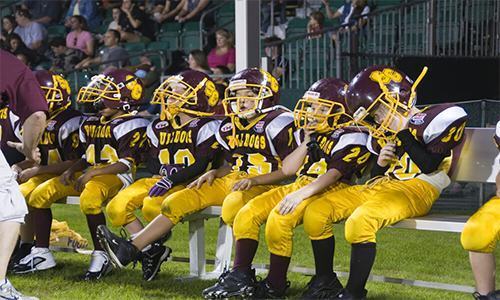
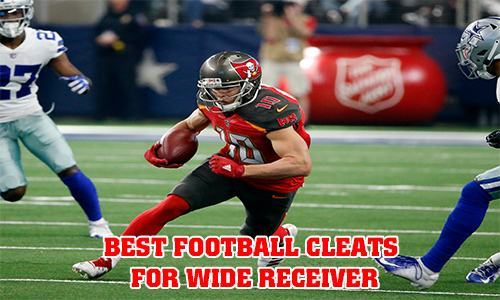
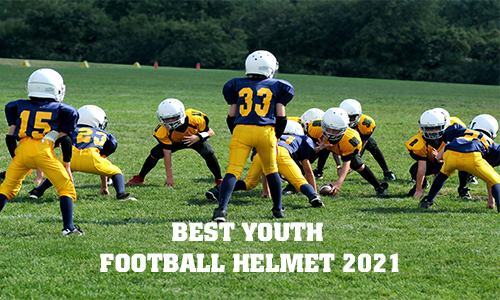
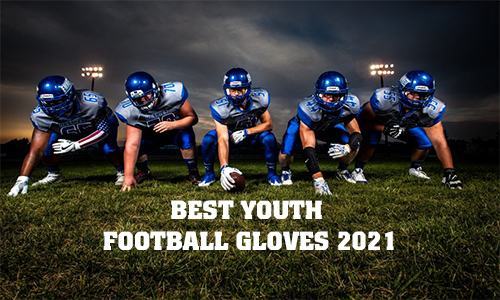
![[Top Rated] 10 best football gloves with best grip 2025 5 best football gloves 2021](https://www.scottfujita.com/wp-content/uploads/2021/03/best-football-gloves-2021.jpg)
![[Lastest Update] Top 10 Best Soccer Cleats For Kids 2025 6 Best soccer cleats for kids scott fujita](https://www.scottfujita.com/wp-content/uploads/2021/03/Best-soccer-cleats-for-kids-scott-fujita.jpg)
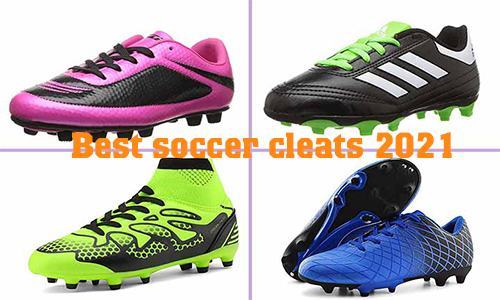
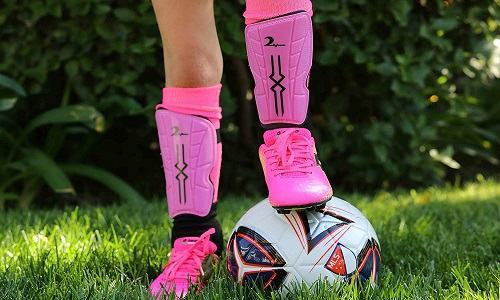
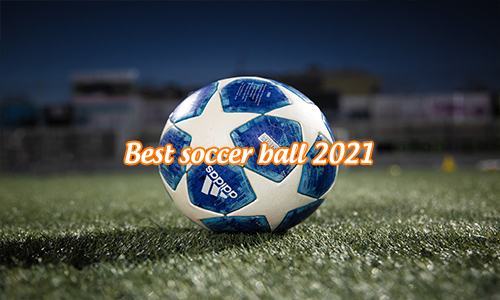
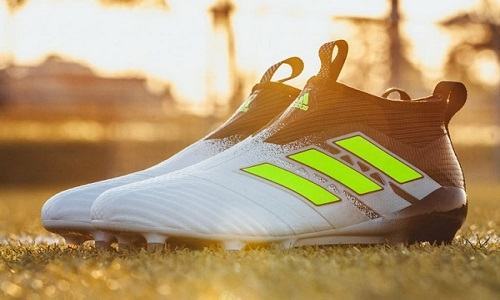
![[Top-Rated] The Best Basketball Shoes For Ankle Support 2025 11 best basketball shoes for ankle support scottfujita](https://www.scottfujita.com/wp-content/uploads/2021/07/best-basketball-shoes-for-ankle-support-scottfujita.jpg)
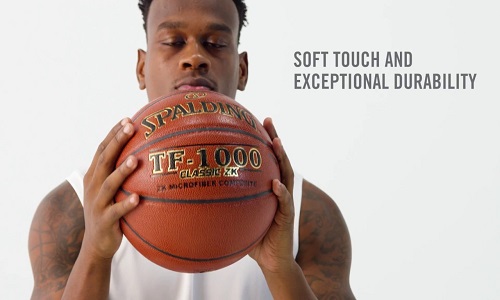
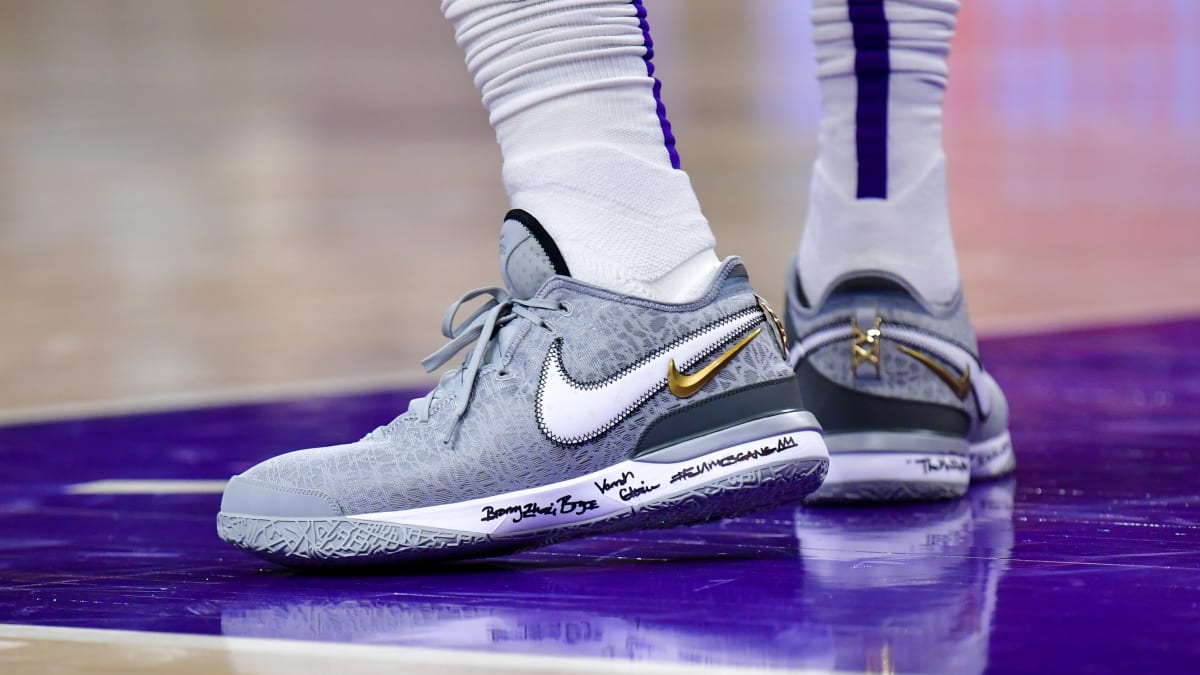
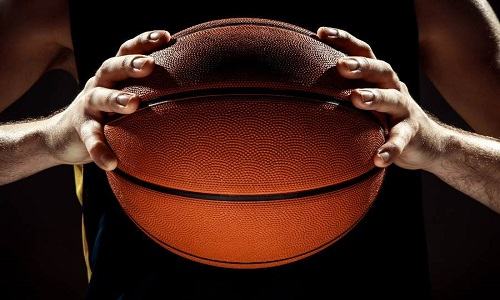

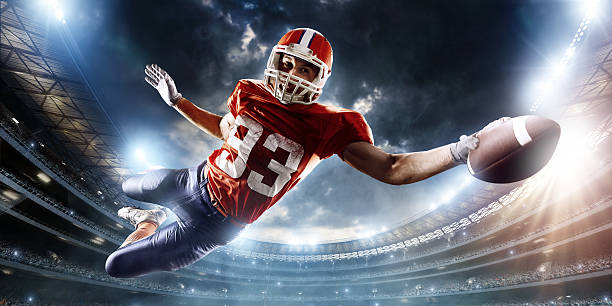
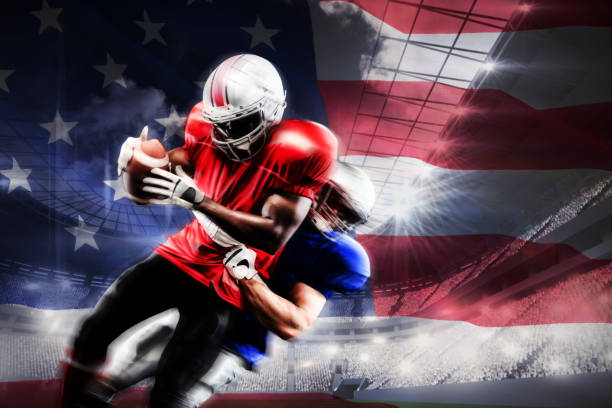
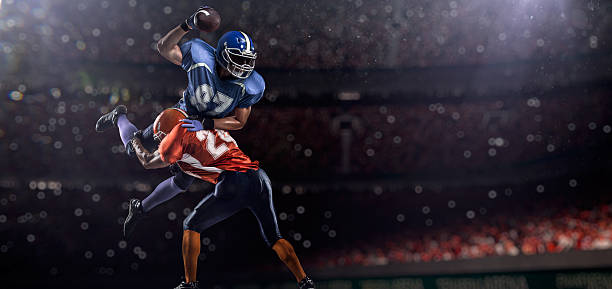
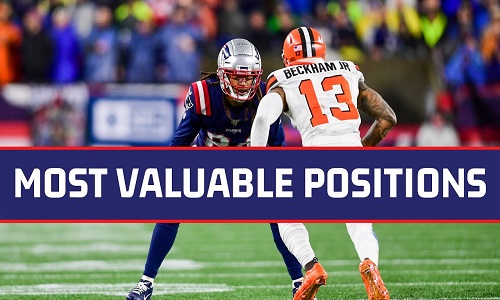
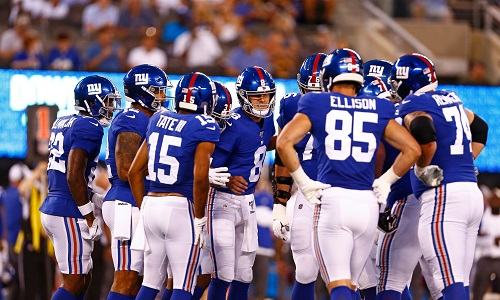
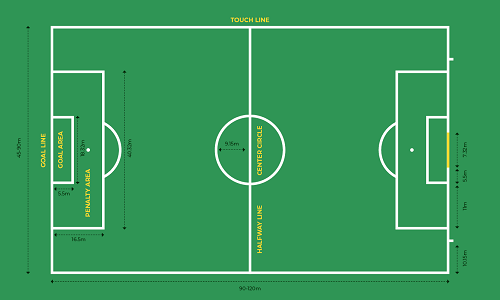
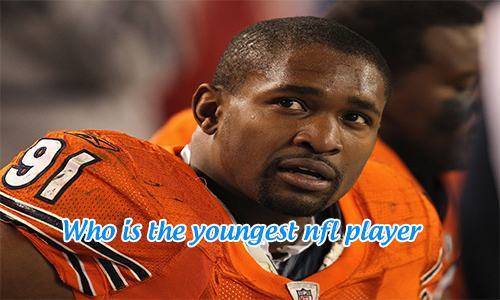
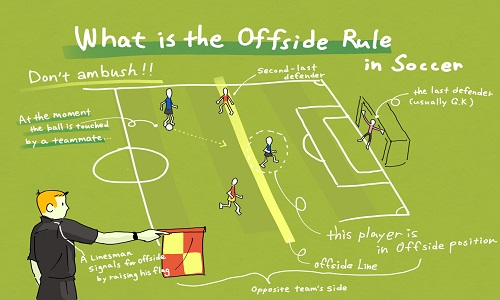
![What Are The 5 Positions In Basketball? [And Their Roles] 29 what are the 5 positions in basketball scottfujita](https://www.scottfujita.com/wp-content/uploads/2021/10/what-are-the-5-positions-in-basketball-scottfujita.jpg)
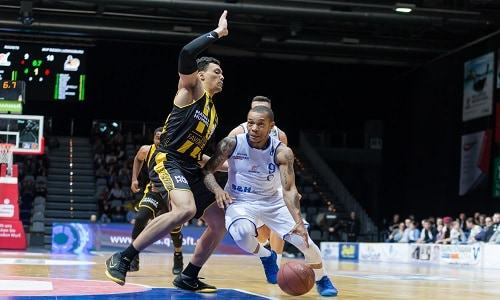
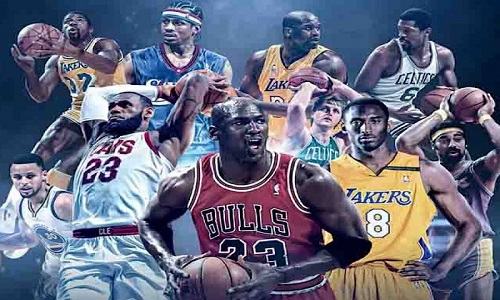
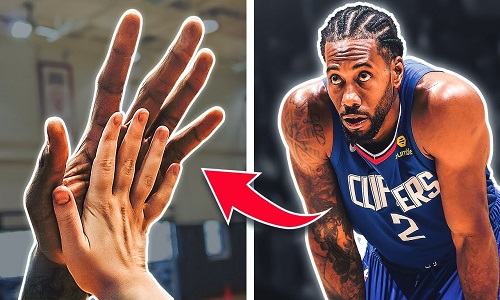
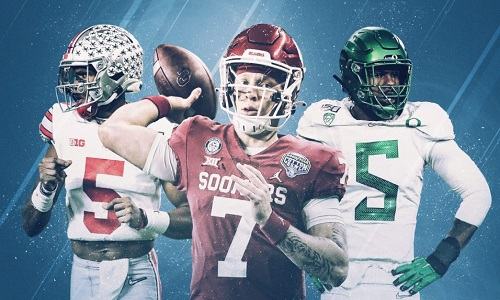
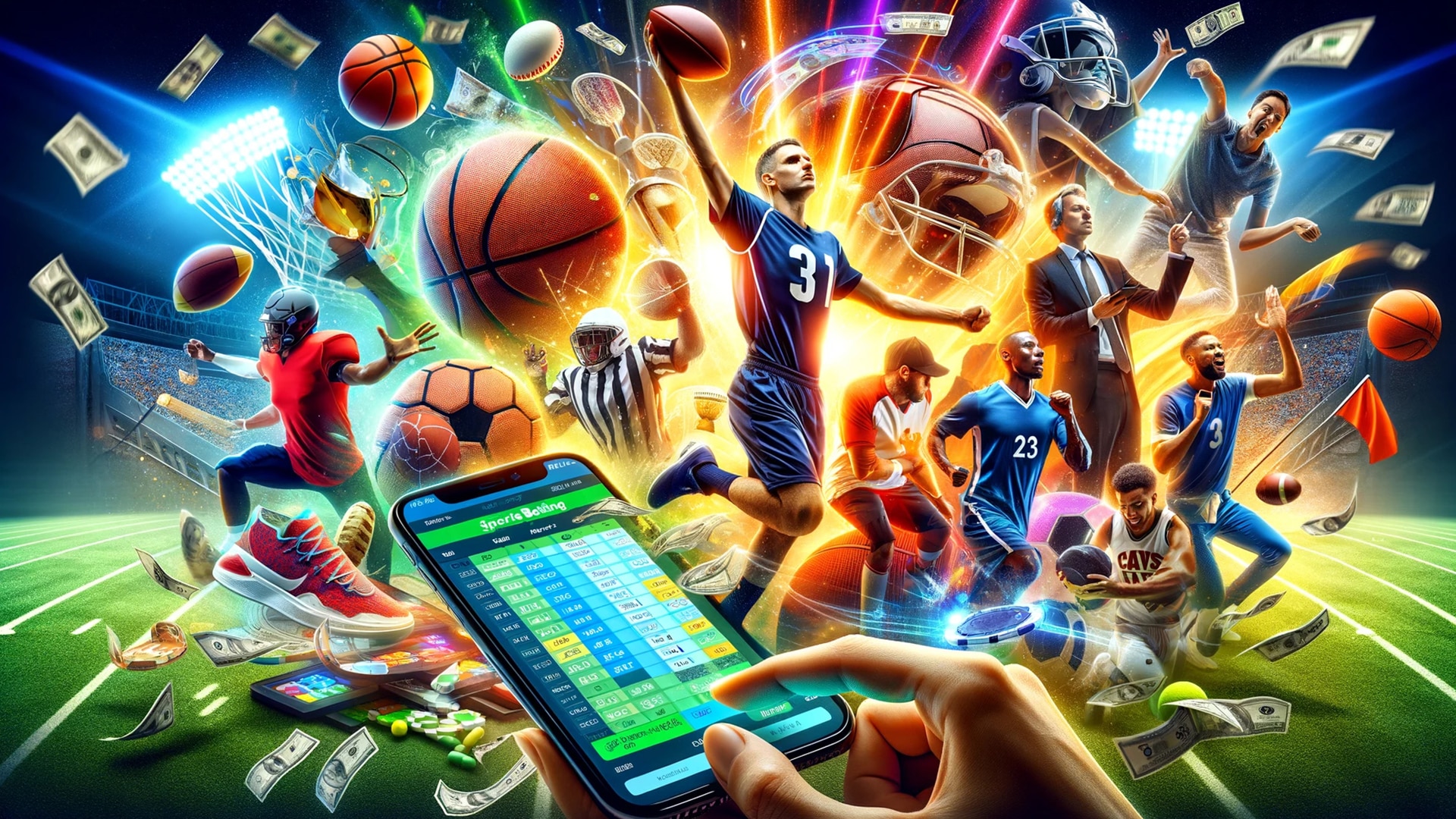
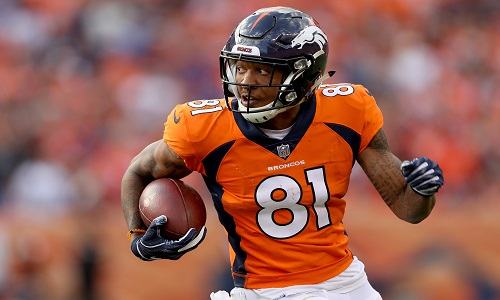
![Top 10 Best NBA Centers Of All Time [2024 Updated] 36 best nba centers of all time scottfujita](https://www.scottfujita.com/wp-content/uploads/2021/12/best-nba-centers-of-all-time-scottfujita.jpg)
![The Best Football Mouthguard 2024 [Reviewed & Compared] 37 best football mouthguard scottfujita](https://www.scottfujita.com/wp-content/uploads/2021/10/best-football-mouthguard-scottfujita.jpg)